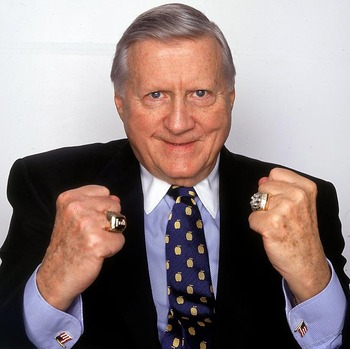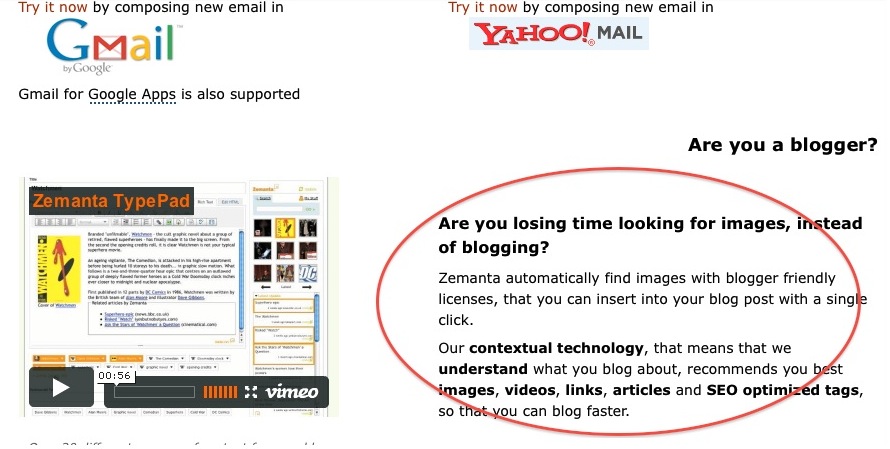If you’re like me, you’ve pushed at least one costly project through your law firm that didn’t turn out as you had expected. But you learned something in the process—failure can be a good teacher. It happens to everyone. It happened to me. What I once learned is what I now call my Steinbrenner rule: A good pitching arm alone does not guarantee a win.
George Steinbrenner, the legendary New York Yankees’ owner, re-signed Roger Clemens, who was near the end of his distinguished, albeit controversial, career, with a precedent setting $28 million contract in 2007. Although Clemens was one of the most dominant pitchers in major league baseball history, critics considered the move reckless. Clemens was going to miss the first two months of the season and would only play every fifth game after that—Clemens would earn over $1 million per start.
To hell with the critics, the Yankees’ record, indeed, improved significantly that year (94–68), placing them in the American League Division Series as the Wild Card,* but Clemens’ pitching arm was hardly the decisive ingredient—he pitched only 12 regular season games and finished 6–6, with a 4.18 ERA.
What did Steinbrenner know that the critics didn’t?
Surely he knew he was getting a good pitching arm, but he was actually buying something more than that. Clemens added experience to the line up and leadership in the dugout—something Steinbrenner knew the Yankees could use—and GS sent this message to the rest of the team: Winning is important. How important? THI$$$$$$$$ important.
Although it may take money to make money—as the cliché goes—the winners rarely throw money at the “thing.” They calculate their risk by understanding the broader opportunities and potential outcomes that a particular investment affords.
- A slick website alone is not going to move the dial.
- An expensive client relationship database alone is not going to produce the win.
- The top public relations firm alone is not what you need to make the phone ring.
- A costly social media campaign alone won’t win the influence you really need.
A wise investment is always part of a larger strategy. That’s what I learned.
Fictitious Law Firm’s story
To illustrate how this works, let’s look at a hypothetical.
Fictitious Law Firm has a modest foothold in the entertainment industry, which is ripe for growth with the onset of new distribution and licensing developments. The executive committee commits to further its interests within the industry. The goal: To win new clients.
To reach their goal the exec-com knows that the firm’s practice needs to become more widely known, liked, and trusted by top decision makers in this growing industry—they need standing and influence. What will it take? Winning is important, so they will spare no expense.
(1) They buy the pitching arm. The exec-com pays $75,000.00 to sponsor an up and coming trade organization, which is focused on technology issues that are evolving the industry. They know that the trade group is building a kick-ass membership list, highly targeted, and are gaining serious visibility among entertainment industry executives, both new and traditional media companies. The critics think that $75K is too big a risk. Undoubtedly it will buy exposure, but it does not justify the cost, at least in their minds.
But the exec-com knows that the “sponsorship” is not what they are really buying. They are buying a gateway to more significant opportunities. The kind they need to succeed. It’s a calculated risk, because winning is important.
(2) After they settle in a bit, they offer to organize—and pay for—quarterly roundtables for executive members of the organization. The events are first class affairs with expertly developed content; led by tech execs, recognized academics, entrepreneurs, and of course, an attorney expert from the firm. This allows them to demonstrate two important leadership concepts: (1) their connectedness to a broader community of high-level thinkers and doers and (2) their commitment to passing along value. What’s not to like about that?
The events start a buzz and members queue up to score an invitation. The firm’s reputation is growing—they are becoming known and liked.
(3) They jump on an opportunity to provide a monthly feature article for the organization’s print and online magazine. They invest in a researcher, writer, and editor to produce executive-level feature content. Using interviews with their attorney subject matter experts, as well as insight and quotes from their clients and others, each month members are reminded of the firm’s explicit knowledge and experience in the entertainment industry. The content is authentic and valuable to members. Fictitious Law Firm is becoming a trusted authority. The content is being shared around the Internet, their influence expands.
The phone rings. The wins start adding up. Critics fall silent. The investment was a wise one—calculated for success.
It’s your thing. Do what you want to do.
The message is this: the thing you invest in should never be just one thing.
How many of you are guilty of buying the thing without understanding the collateral benefits? Make sure you are getting the whole package—the real opportunity you need to meet your goal—before you invest those big dollars. Because if there is little thinking beyond the thing, your chances of winning season become slimmer.
As you budget for projects in 2015, remember my Steinbrenner rule:
A good pitching arm alone—the website, content, CRM, sponsorship, etc.— is not necessarily going to turn things around.
Think it through. What do you really need to win? Know the sweet spot on your bat, watch the ball all the way in till contact, and follow through. You’ll likely hit it out of the park.
Please like or share!
Jayne Navarre & Associates helps law firms and marketers cut through the clutter when looking at goals and marketing strategies, including web, social, content, and other multipurpose initiatives. We know: Winning is important.
*The New York Yankees were the 2007 American League Wild Card qualifier with a winning season of 94–68. Clemens re-aggravated a hamstring injury during Game 3 of the 2007 ALDS and was removed from the team’s starting rotation. With his last pitch, he struck out Victor Martinez of the Cleveland Indians, Central Division champions (96-66). Indians won the series, 3–1.
On August 18, 2007, Clemens got his 1,000th strikeout as a Yankee. He is only the ninth player in major league history to record 1,000 or more strikeouts with two different teams. Clemens has recorded a total of 2,590 strikeouts as a member of the Red Sox and 1,014 strikeouts as a Yankee. Of his nearly quarter century in the Major Leagues, 13 years have been spent with the Red Sox and 6 with the New York Yankees. He retired September 16, 2007.





